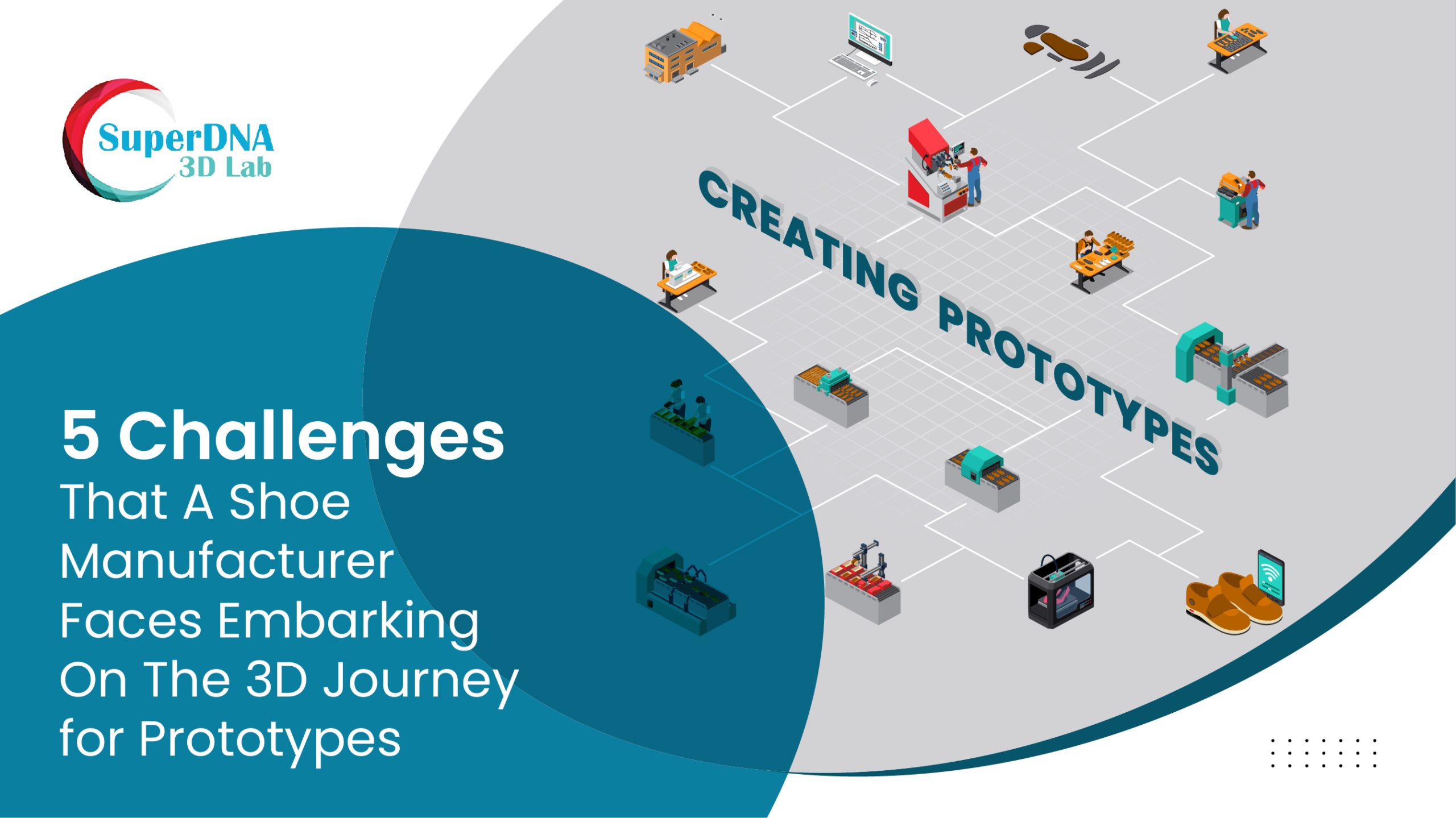
Implementation of 3D product visualization tools to his already existing marketing function can be very complicated for a shoe manufacturer if he has invested hundreds of dollars in contemporary product photography. It does not only render his investment useless but also introduces him to new fears that he has probably mulled over in the past and which are exactly what prevented him from embarking on this 3D journey in the first place. We are discussing some of the most common challenges, hesitations, and doubts that a shoe manufacturer might have in his mind when creating 3D shoes. he thinks about or aspires to
Implementing 3D Product Visualization – A Quick Overview Of Common Challenges
- Dealing With The Constant Pressure Of Digitization
A shoe manufacturer or retailer isn’t sure about which technology to choose. He doesn’t know what innovations are going to benefit his business. With a severe lack of guidance and support, he eventually ends up choosing the most inappropriate or outdated technology to create 3D shoes. It doesn’t only hamper the goodwill of his brand but also hits his sales and profit margins negatively. As a result, he becomes resentful of the technology and wants to revert to his traditional ways of marketing his produce. So instead of reaping the benefits of the right 3D tech, he turns against innovation while his contemporaries in the industry leap forward to better sales and more profits.
Solution
The simplest solution to it is doing your research right and choosing the most appropriate and easy-to-use software for your needs. It should have enough flexibility for scaling and should prove to be affordable from the start.
- Who Will Keep The 3D Assets Flowing?
This is also a major concern of several shoe manufacturers, designers, and retailers on the internet. They don’t know who is going to keep the 3D shoes and assets flowing. Several players in the industry are currently evaluating the different 3D tools at their disposal. They have familiarised themselves with the preparation and how the handover of 3D assets takes place. But, they have questions.
- What level of quality should they go for if they are aiming for digital materials and not the real thing?
- Are all material swatches compatible with every 3D tool that they intend to use in the process?
- How do they make sure that every designer, creator, fabricator, and production personnel has the same conception of the materials and design as everybody else in the process?
- Who is going to modify and edit the 3D model as per the changes recommended by the prototype team?
Solution
The most practical solution is to look for a 3D creation team that understands your company’s needs the best. They should be willing to work with your design, development, and production teams to give you the aptest 3D models.
- Access To Realistic References And Materials
When it comes to implementing 3D, many shoe manufacturers would usually begin by redesigning their current offerings. They would try to imagine their shoes and other products with different textures and materials. They would also like to add a few new trims, colors, and fabrics. But this is where the problem is. When there is no uniformity in the 3D tools being used across your departments, the texture might appear different on every platform. Some software tools might even lack that pattern or texture palette altogether. With no common material database, this problem can cause the entire 3D creation function to come to a grinding halt.
Solution
The software platform that you choose has to be identical. Regardless of what department, division, or level it is being used in, there has to be uniformity in 3D tools, their features, and design capabilities.
- 3D First Or Prototype First?
Manufacturers and especially their production units do not know whether to wait for the 3D product first or to create a prototype to facilitate the creation of the 3D product. The introduction of 3D into your marketing function has to have a purpose. If it is to serve the creation of a prototype, you need to define it. And if it is to accentuate your prototypes or probably improve upon your existing offerings, you need to define that as well.
Solution
You have to get all your departments on the same page. Introduce the right 3D tech to all your stakeholders. Partner with a dependable 3D content creation expert that understands your industry and organizational goals.
- Suitability With E-Commerce
A lot of shoe manufacturers and retailers argue that 3D representations take the user far from what’s real. 2D imagery or contemporary photography displays the actual product from various angles. Whereas 3D representation is created from scratch, can be altered, and may lack the necessary detailing required to encourage a sale on e-Commerce platforms.
Solution
The only way to come out of this problem is to associate with a 3D content creation company that has unmatched skills, expertise, and experience in the industry. Remember, realism is something that only comes from experience and attention to detail.
Conclusion
The right 3D content creator for your footwear brand is the one who is capable of delivering aesthetics, realistic colors, proportions, life-like textures, natural materials, and an overall splendid experience for your customers. Someone like SuperDNA 3D Lab!